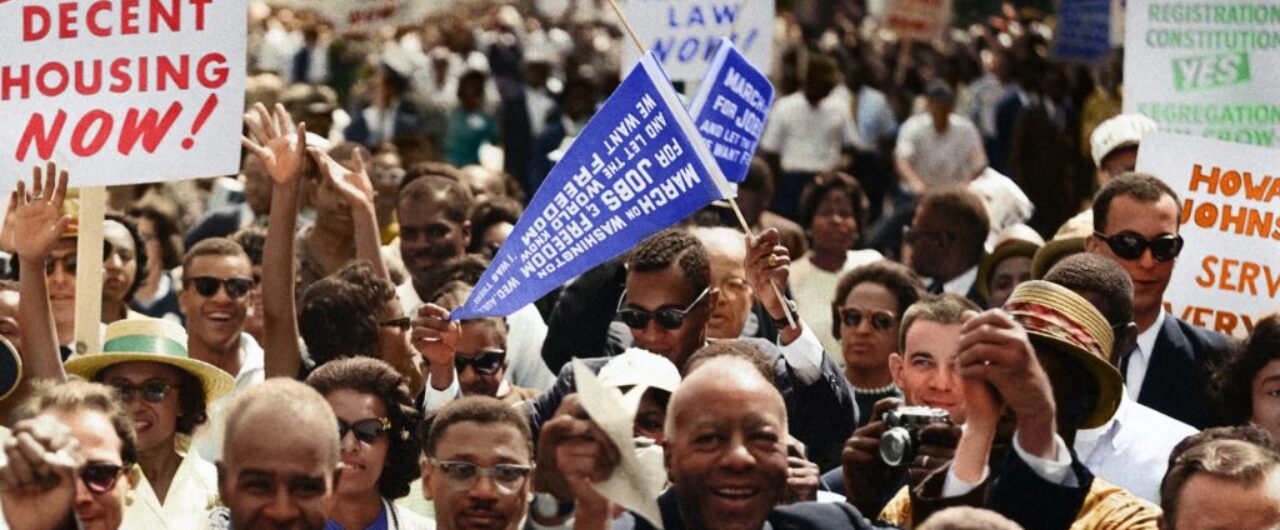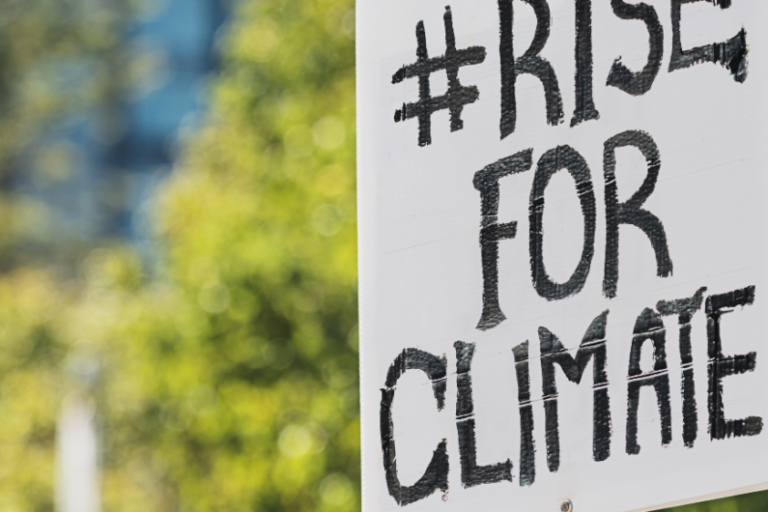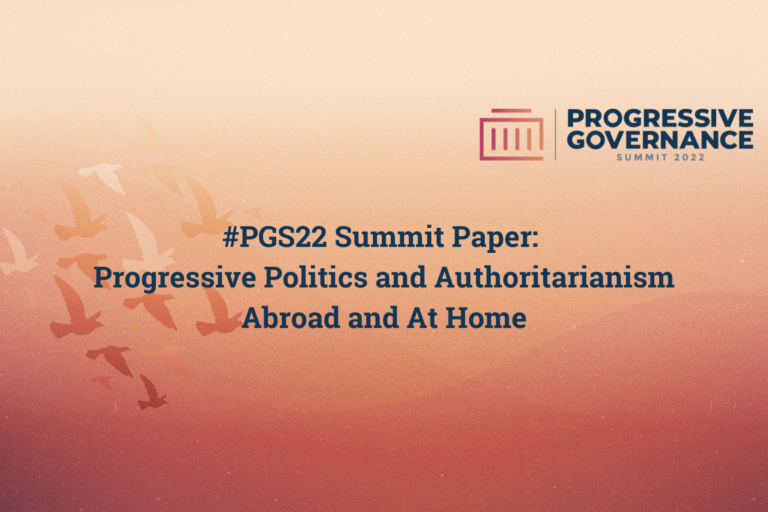The US faces a history of social disparity, targeted inequality, and a growing distrust amongst social sectors. From the Civil Rights Era to the current Black Lives Matter Movement, social inequality has always been a target issue in American society. This article will look at the socio-economic and socio-demographic structure of American society and examine paths forward for the Biden administration.
2020 acted as a transformative year in American society. What other countries experienced as a time of following governmental guidelines and restrictions to limit the spread of Covid-19, many in the United States had other concerns. During the pandemic, the US witnessed mass social unrest with millions of protestors ignoring quarantine mandates to callout police brutality all around the nation (Buchanan et al. 2020). Although not a direct cause of the massive viral spread witnessed in the latter months of 2020 (Ramjug 2020), the rise in social unrest could have increased the risk of infection for those participants and made them more vulnerable to catching the virus.
However, to these participants, raising attention to the harsh treatment of communities of color by law enforcement officials was deemed necessary and trumped even their own safety and health. The Covid-19 pandemic has been a worldwide phenomenon, but in the US, can be best understood by placing it within the context of a nationwide social movement and protest against police brutality, an obvious display of the faults in the US healthcare system, and a growing, but always present, inequality in the treatment of classes and social sectors of American society.
The US faces a history of social disparity, targeted inequality, and a growing distrust in public institutions amongst social sectors. This faulty social structure has spread through most sectors of society, from education to healthcare, where minority groups are often left with limited resources and opportunities. From the Civil Rights Era to the current Black Lives Matter Movement, social inequality has always been a target issue in American society. This article will look at the socio-economic and socio-demographic structure of American society and how its changes in the last half century have left effects on US society, both politically and socially.
1 The Civil Rights Movement and its Societal Changes
During the 1950s and 1960s, the US went through a major social transformation. Before the civil rights movement, American society was segregated by race, where African Americans and “colored people” had limited access to restaurants, transportation, and other public facilities because of the color of their skin. Throughout the years the blatant discrimination and racism seen during the majority of US history continued to still be present in American society, just in a covert manner.
Instead of having laws disallowing African Americans from voting, state governments in the American South disenfranchised them through the enactment of Jim Crow laws (Fremon 2000), which imposed voting restrictions like literary tests, poll taxes, and property-ownership requirements, among others. It took years of peaceful protests and acts of civil disobedience led by Black nationalist leaders like Reverend Martin Luther King Jr., Congressman John Lewis, and Minister Malcom X to gain advancements in equality and against racism. In response to these different forms of actions, the US government attempted to create a different societal structure by evening the playing field for minority groups.
This movement ended centuries of segregation and discrimination, at least under legal terms. However, its advancements only came after years of peaceful protests and civil disobedience, which were often met with violence and hatred. It wasn’t until the end of the 1960s that African Americans were finally able to make progress in their fight against discriminatory voting rights, housing discrimination, and employment practices (Dierenfield 2013). Due to this movement, racial segregation is now against the law.
However, there is still persistent inequality targeted against African Americans and other communities of color in American society. After the US Supreme Court ruled that “separate but equal” was unlawful, obvious and deliberate acts of racism and discrimination were now discouraged but still present. Legal segregation was replaced by housing discrimination, limited opportunities and lack of resources for communities of color. Voting restrictions have now been replaced through gerrymandering and other forms of voting suppression.
Although manipulating boundaries of electoral constituencies in favor of a particular party has occurred since the 1800s (Engstrom 2013), it is now more restrictive than ever and with real consequences: an electoral result is determinant of what resources are allotted to certain demographics over others in a society.
2 Changes in US Society and Immigration
However, tension and discrimination against communities of color was not limited to only African American communities. Throughout the years, the US re-established itself as a melting pot where any individual, no matter their social standing, could work to accomplish success. Its title as the “land of opportunity” has become the reason why over one million immigrants migrated to the US each year (Budiman 2020). Throughout the decades these migrants changed from mainly European to Asian and Latin American descent. This change in demographics contributed to growing tensions and divisions based on race and ethnicity throughout the nation.
Twenty years ago, a publication by the United Nations and affiliated agencies described a “marked increase in discrimination and violence directed against migrants, refugees and other non-nationals by extremist groups in many parts of the world” (International Labour Office et al. 2021). Although not new sentiments, racism, discrimination, and xenophobia can be seen today from the comfort of our own couches. We can witness these growing tensions in the countless videos shared on social media where communities of color have been the typical targets of having the police called on them for behavior that would not have been read as suspicious had they been white (McNamarah 2019), or have been told by a white individual to “go back to your country” (CBS News 2019) when speaking a foreign language in a public setting or simply not fitting the mold of a white American.
With the passing of the Illegal Immigrant Reform and Immigrant Responsibility Act (IIRIRA) in the mid 1990s, US Congress created a mandate to increase border security. This Act increased the number of Border Patrol and immigration and Naturalization Service agents. This law also created the implementation of a physical border fence between the US and Mexican border. With a new focus on immigrants, the social structure changed from seeing African Americans as the “other” in society to seeing migrants as the new outsiders. This growing tension against immigrants only worsened after the terrorist attack on September 11, 2001. This attack demonstrated faults in visa processing, internal enforcement and information sharing between departments. As the largest ever terrorist attack on US soil with close to three thousand deaths (Rubin/Verheul 2009), the attack affected the US public perspective on immigration. It fueled acts of anti-immigrant and anti-Muslim aggression and hostility. This change in perspective and increase in hatred towards outsiders continues to be present in current policy.
This anti-Muslim sentiment likely influenced President Trump’s January 2017 executive order calling to “Protect the Nation from Foreign Terrorist Entry into the United States”, as referred to by its official title. This order suspended entry of immigrants from seven Muslim-majority countries – Syria, Iran, Iraq, Libya, Sudan, Yemen, and Somalia for 90 days and stopped all refugees from entering the country for 120 days, with Syrian refugees being banned indefinitely. This ban has crippled the diplomatic relationships the US once had with these Muslim-majority nations, which the US has fought wars to establish, and has negatively influenced overall tension in the Middle East.
In order to reestablish itself as a great power, the US needs to first reestablish its own domestic reputation and regain the trust of its citizens, in particular those who have been most marginalized throughout history. Trust in government encourages legitimacy and sustainability of political systems.
These examples all show how deep discrimination and racism had been maintained in American society. Its influence is still felt in US society structure and even policy. Possibly now more than ever, because of the disruption created by the pandemic, trust in public institutions is vital for governments’ ability to respond rapidly and to secure citizen support. Communities of color have a deeply rooted, and understandable, distrust in the institutions of government and policing. Communities of color like the ever growing Latinx communities and other racial minorities will continue to grow over the year, becoming the country’s main demographic engine of population change in future years (Poston 2020). As these minority groups see a growth in their political, economic, and even social power in the near future, governments from the local to the federal level will need to rebuild their relationship between its citizens.
3 Effects on the 2020 Elections – How Political Division Divided the Country
The racism and discrimination witnessed by communities of color throughout the years played a strong role in the societal division leading up to the 2020 US Presidential elections. Although it would never be stated in campaign slogans or proposals, political parties in the US have had different strategies to dealing with social unrest prompted by racial tension. The Democratic party sees itself as liberal and progressive, considering itself as fighters of social justice. Yet even their most progressive party leaders only began to publicly denounce police brutality against communities of color after the Black Lives Matter movement became a nationally covered media event. On the other hand, the Republican party is more conservative, often upholding more restrictive traditional values like opposition to same-sex marriage, abortion, and marijuana. Their differences in ideologies have only deepened over the years and have been a growing obstacle to governmental cooperation and even policy making.
Even before the election of presidential candidates President Trump and now President Biden, the tension between racial inequality had been a growing topic of interest for the American public. The Black Lives Matter movement as a fight against police brutality in communities of color created mass protests all around the nation. These protests have taken place in American society since the first widely broadcasted acquittal of the killing of an unarmed Black man in 2012. Trayvon Martin, a 17-year-old teenager, was shot and killed by George Zimmerman, a member of the community watch, who was later acquitted from all charges by a jury (Jones/Yancy 2013). Following his death, rallies, marches and protests were held across the nation and became the first story of 2012 to be featured more on media coverage than the 2012 presidential race, where according to the Pew Research Center, the Martin case emerged as the No. 1 story in the mainstream press the week of March 19-25, 2012. That week, the Martin case became the first story in 2012 to generate more coverage in a single week than the presidential campaign (Anderson 2020).
However, racial tension wasn’t the only issue that the American public was grappling with during the recent years. Immediately after being sworn into office in 2016, President Trump signed an executive order to reverse the Affordable Care Act (ACA) (Hudgins et al. 2017). However, repealing the law would have meant that the 20 million Americans that obtained health insurance through the ACA would lose their health insurance. As no concrete laws were made to replace the ACA, Americans with lower socio-economic status can still gain the healthcare services they require. Nonetheless, the disinterest in healthcare policy from the Trump Administration left a flawed healthcare system, one in which public institutions saw themselves unable to provide the care needed to the growing number of patients that now required it due to the pandemic.
Nonetheless, healthcare is not the only problem that lower-class Americans have worried about, in particular in response to the Covid-19 pandemic. Before the pandemic, the unemployment rate maintained an average rate of less than four percent (Bureau of Labor Statistics 2020). His administration also helped Congress pass a historic tax cut and relief that was intended to help Americans and increase US Gross Domestic Product (GDP) growth. However, this act was least helpful to low-income families, giving them the least amount of savings. The true winners of the Tax Cuts and Jobs Act were mainly businesses, which paid 22.4 percent less in income tax in 2017 than in 2018 (Tax Policy Center 2020). This continued inequality in American society will only worsen after the effects of the pandemic.
Now unemployment rates have peaked at unprecedented levels since the pandemic, hitting racial and ethnic minorities especially hard. In April 2020, the US experienced the highest rate of unemployment ever seen since data collection started in 1948: unemployment rates were 16.7% for Black workers compared to 14.2% for White workers, and 18.9% for Hispanic workers compared to 13.6% for non-Hispanic workers (Congressional Research Service 2020). If high unemployment continues at such a rate, it would only deepen the inequality haunting American society. To tackle this, the Biden administration needs to implement targeted policy to redirect resources and opportunities to the most marginalized sectors of society and focus on reestablishing social mobility within society.
4 Next Steps – A New Beginning for the Biden Administration
The year 2020 will go down in history as a transformative year for all countries alike. In the US, the destructive pandemic will leave behind millions of infected individuals, a potentially dire economic recession, and distrust in public institutions. Only a strong and united administration and Congress can bring back the trust that is needed for the American public. The following policies, some which are already law, are what the US needs to rebuild trust and strengthen the American government during the first 100 Days of the Biden administration and beyond.
One of President Biden’ first legislative proposals was the U.S. Citizenship Act of 2021. This immigration bill, if passed, would increase refugee protections, reunite families that were separated and implement new technology along the border for protection. If passed in Congress, this bill would allow undocumented individuals to apply for temporary legal status and provide the ability to apply for green cards after five years if they pass criminal and national security background checks and pay their taxes. The bill would add resources to process migrants legally at ports of entry and would invest $4 billion over four years in distressed economies in the hopes of preventing people from fleeing to the United States because of security and economic crises. It also protects migrant and seasonal workers and increases penalties for employers who violate labor laws.
However, many opponents of the law call it partisan and denounce it as divisive and controversial. Due to the current partisanship in Congress, the bill is not expected to pass as several moderate Democrats and a majority of Republicans are unlikely to support it. Republican representatives, like Representative Jim Jordan of Ohio, see this bill as a partisan proposal that “fails to secure the border, and incentivizes further illegal immigration” (Shear 2021). Many believe the bill budgeted too little investment in border security, an issue that is very important for Republicans. Yet supporters of the bill like Democratic Representative Linda T. Sánchez are unwilling to negotiate on more enforcement at this time. Without bipartisan support of some sort, this bill, like various potential policy proposals, will face scrutiny and dismissal during the Biden administration. Yet, these hurdles must not discourage lawmakers from pursuing policy that would bring justice to and build trust with so many communities across the country.
Income Inequality
Additionally, the Biden administration also needs to target the growing inequality between low-income and high-income Americans by implementing equity-based legislation. This pandemic will leave millions of Americans unemployed and vulnerable. The net worth of many higher earners, those whose jobs have remained intact during and after the pandemic, will continue to boom after initial setbacks in the spring. While those that faced difficult situations due to paralyzed sectors of an economy and unemployment will only become more vulnerable as the unemployment rate remains high and the continued US governmental response is uncertain due to political disagreement. Wealth inequality can be damaging for an economy and should be targeted through stimulus. For longer-term solutions, a vast array of equity-oriented policies ranging from student debt cancellation to raising the Federal minimum range to securing universal health care would address these inequalities from several important angles.
The American Rescue Plan
The Biden administration has already signed one historic bill into law. As an attempt to alleviate such hardships, the Biden Administration helped pass the American Rescue Plan Act of 2021 through the US Congress. The American Rescue Plan Act of 2021 is a United States Congressional bill that aims to provide relief to facilitate the recovery process of the Covid-19 pandemic. The $1.9 trillion relief package includes funding for $1,400 stimulus checks for qualifying individuals, extends unemployment benefits, sets a moratorium on evictions and foreclosures, among other aid for the American public. This comprehensive stimulus plan is expected to ease the lives of millions of Americans and potentially begin a process back to normalcy for the US economy and society. As a reflection of the growing bipartisan present in the US political system, this bill received no votes from Republican representatives. And notably, the Senate passed the American Rescue Plan with a simple majority vote using a legislative procedure called budget reconciliation. This procedure may only occur twice a year, meaning any other debated policy proposals will require the filibuster-proof threshold of 60 votes.
As a result, Republicans in the Senate will still have the power to block every single progressive priority using the filibuster, which requires at a minimum 60 votes to advance legislation. As long as the filibuster remains in place, Republican legislators will use it to block democracy reforms like climate change legislation, gun violence prevention legislation, and an increase to the minimum wage, among other controversial, yet important issues. This erodes public trust in the Federal government and requires a solution, so that the Biden administration can continue moving forward with its agenda.
Conclusion
The Biden administration should prioritize lessening the distrust and division between different sectors of society, in particular those marginalized communities most affected by recent Trump era policies. It will have to reinstate and perhaps advance progressive Obama era actions like the Affordable Care Act, support of comprehensive immigration reform, criminal justice reform, and other bold legislation. The Black Lives Matter Movement that shook American society during the midst of a global pandemic was more than a focus on police brutality. It was a way to highlight all of the injustices and inequalities that communities of color and minorities communities alike have to endure in American society. Providing opportunities to those most marginalized will help restructure American society and create a more equitable structure for those in the bottom to succeed as well.
Eliminating the tension will not be an easy task for the Biden administration to perform. However, addressing the pressing challenges mentioned above are a step forward in reestablishing faith in the US government. These actions all focus on creating a more tolerable lifestyle for those minority communities most affected by them. Increasing tolerance and opportunities for marginalized communities will allow the American society to once more see itself as the land of opportunity and can be the step needed to regain the public trust in the government that has been lost in the last half century.
¹Gerrymandering: The practice of setting boundaries of electoral districts to favor specific political interests within legislative bodies, often resulting in districts with convoluted, winding boundaries rather than compacted areas.




